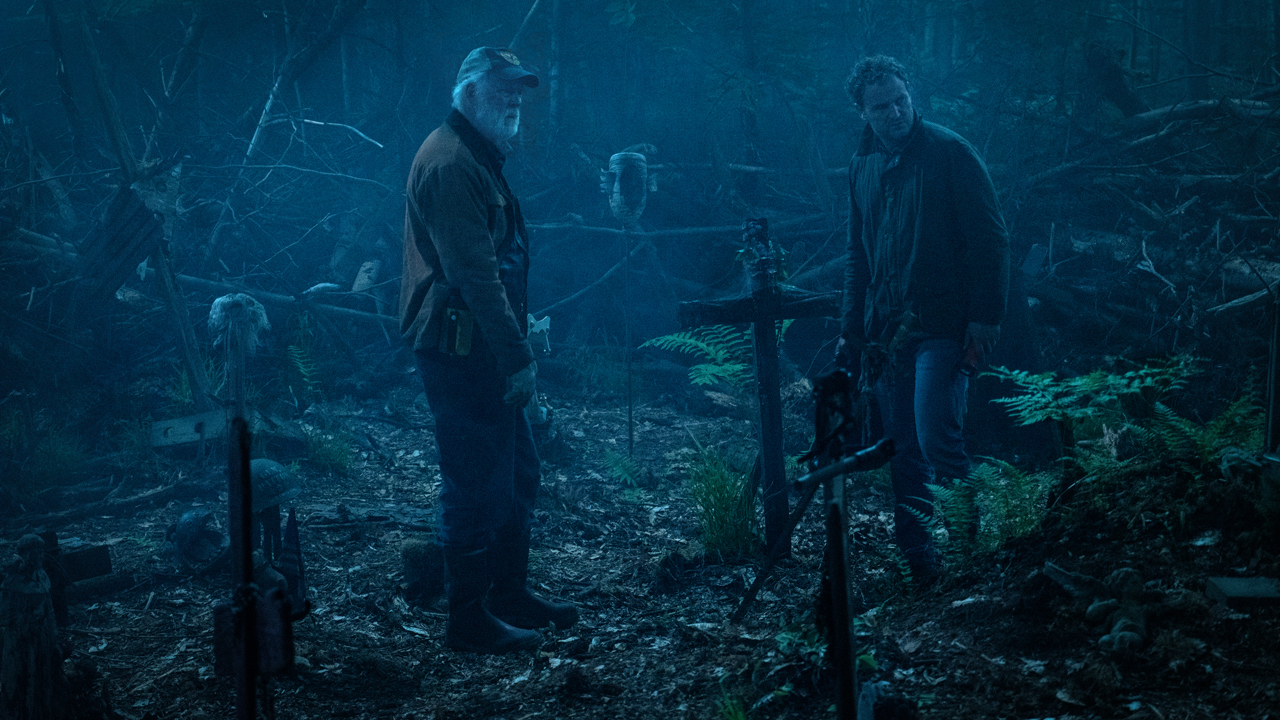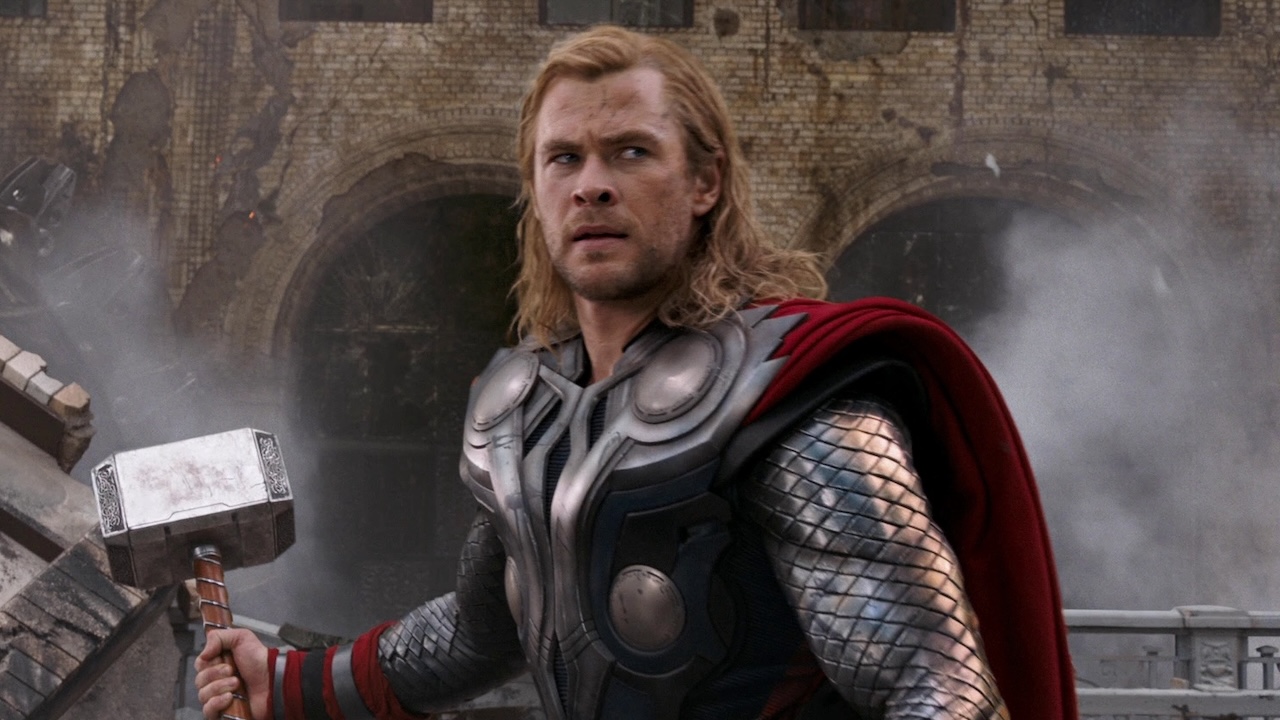Adapting Stephen King's Pet Sematary: The 2019 Remake Is A Disappointing Exhibition Of Wasted Potential
It could have been great. It's not.

Given that Pet Sematary is regarded as one of the most notorious Stephen King books – the story he didn’t want to see published because it was too horrifying – it was unsurprising when talks of a remake started just after the 20th anniversary of director Mary Lambert’s 1989 adaptation. The project had to take a ride through development hell, and it took almost a decade to get made, but its legacy is as one of the big films that got a boost from the 2017 King renaissance.
Initially, Paramount Pictures and producers Lorenzo di Bonaventura and Steven Schneider put the movie in experienced hands – hiring 1408 screenwriter Matthew Greenberg to write the screenplay. By 2013, the project finally started to gain some traction, as 28 Weeks Later director Juan Carlos Fresnadillo was attached to take the helm… but that particular vision never reached the production stage and was eventually shelved.
Then 2017 happened, and Andy Muschietti’s IT Chapter One became a record-setting blockbuster hit that earned over $700 million worldwide.
Wanting to take advantage of Stephen King’s pop culture heat in the wake of the critically acclaimed horror film, Paramount made developing a Pet Sematary remake a priority. By Halloween 2017 (just after IT Chapter One’s eighth weekend in domestic release) the studio made a deal with Starry Eyes directors Kevin Kölsch and Dennis Widmyer to execute their own adaptation – Matt Greenberg ultimately getting a "screen story by" credit and Jeff Buhler writing the script – and eight months later the production was up and running in Quebec, Canada.
Rewatching Mary Lambert’s Pet Sematary, one can understand the creative logic of developing a remake – particularly in regards to the story’s ending with Gage’s resurrection. Unfortunately, making a better adaptation of the book evidently wasn’t the goal of the 2019 movie. Some big swings are taken that veer things off track in deeply unfortunate ways, and I get into the “what” and “how” in this week’s Adapting Stephen King.

How Kevin Kölsch and Dennis Widmyer’s Pet Sematary Differs From Mary Lambert’s Pet Sematary
There is a standout reason why the 1989 adaptation of Pet Sematary is recognized as one of the more faithful adaptations of Stephen King’s books: King himself wrote the screenplay. As recognized in my column about the film, the author does incorporate some changes into his cinematic draft of the story – like the absence of Jud’s wife, Norma Crandall, and the death of Missy Dandridge – but all of the most important pieces from the book are left in place (including the most shocking and horrific moments).
Kevin Kölsch and Dennis Widmyer’s Pet Sematary executes some matching cuts from the source material (for example, Norma isn’t in the remake either), but it also isn’t a movie that makes big efforts to adapt parts of the book that were left out last time around. One exception to this is Jud (John Lithgow) mentioning the presence of a Wendigo – a supernatural creature that soiled the land of the burial ground – but that’s a minor detail in the grand scheme.
Your Daily Blend of Entertainment News
Instead of returning to the source material and readapting Stephen King’s Pet Sematary, the philosophy behind the movie is more aligned with, “the super faithful adaptation of the book already exists, so let’s radically change things to come up with something that is radically different.”
It's not a philosophy that I appreciate.

How Kevin Kölsch and Dennis Widmyer’s Pet Sematary Differs From The Book
On the more positive side of this conversation, one of the more interesting changes that the Pet Sematary remake unfurls is a shift in the bond between Jud Crandall and the Creed family. In the book, Jud is closest with Louis (Jason Clarke), with the protagonist coming to see his new neighbor as a paternal figure, but the 2019 movie shifts the focus of his affection to Ellie (Jeté Laurence) – the two of them first connecting when he finds her exploring the Pet Sematary behind the new house.
It’s specifically because of this relationship that Jud decides to tell Louis about the burial ground (he says he can’t stand to see her heartbroken after the death of her cat, Church), and it could be argued that it’s more logical than the simple compulsion to tell that he expresses in King’s versions.
The rest of the alterations are ones that I appreciate far less, and it feels appropriate to start with what can reasonably be referred to as the Big Change. In the novel and the 1989 adaptation, it’s famously the death of two-year-old Gage Creed (Lucas Lavoie/Hugo Lavoie) that instigates Louis’ descent into madness, but the remake opts to put Ellie in the way of the speeding Orinco oil truck. It’s an alternative choice so massive that it ends up generating a domino effect, resulting in a third act that bears little resemblance to the story on the page.
The broadest of broad strokes are kept – like the spirit of Victor Pascow (Obssa Ahmed) urging Rachel (Amy Seimetz) to travel back home from her parent’s house to try and stop Louis from resurrecting Ellie, and Jud being attacked and murdered – but the actual end of the film is a disregard of the source material, with Louis being murdered by a resurrected Rachel and then getting resurrected himself before the family sets eyes on doing the same thing to Gage.
In the process of trying to stand apart from its predecessor, 2019’s Pet Sematary ignores some of the best scenes and elements in the book. For example, there is no indicated hatred between Louis and his in-laws, which results in the movie wholly skipping over the confrontation between the protagonist and Rachel’s father at his child’s funeral. It’s a crushing moment in Stephen King’s novel when Louis gets a glimpse at Gage’s lifeless arm when the coffin is knocked over, and a key ingredient in his mental breakdown – but the conflict is absent in Kevin Kölsch and Dennis Widmyer’s work.
Technically, it doesn’t totally matter, because another major thing that the remake skips over is Louis’ aforementioned mental breakdown. The character is unquestionably rocked by grief, and he is driven to make some terrible choices as a result of it, but the depiction gets nowhere near the giggling, spiraling descent into madness that is described in disturbing and haunting detail in the book. It’s a part of the text that didn’t get enough emphasis in the 1989 movie, and while Jason Clarke is an actor who certainly has the talent to pull off that kind of emotional escalation, the material doesn’t provide him with the opportunity.

Is It Worthy Of The King?
Even as a fan with an unconditional love for Mary Lambert’s Pet Sematary, I greatly anticipated the release of Kevin Kölsch and Dennis Widmyer’s remake. With Hollywood having a case of Stephen King fever, I hoped that it would be a film that got all of the resources it would need to create a faithful adaptation of the novel that wouldn’t flinch from the material. I was excited about the possibility of seeing a resurrected Gage Creed that could be brought to life (haha) in all his nightmarish terror with visual effects and advanced puppeteering technology in addition to a talented child actor. I was looking forward to seeing Louis Creed’s sanity snap under the weight of unyielding grief and guilt.
The movie ended up delivering nothing that I was looking for.
As a general rule, I like to see remakes that don’t feel obligated to tell the exact same story as their predecessor, but that’s primarily because the vast majority of remakes are in constant search of a reason for existing beyond being a studio cash grab. That, however, was not the case here. While I’d argue that there is no topping Fred Gwynne’s version of Jud Crandall, much could be enhanced from the 1989 movie with modern horror sensibilities and filmmaking techniques, but the remake opts to shy away from what makes Pet Sematary exceptional and notorious.
While the death of any child is obviously terrible, spooky/creepy/undead preteens are ubiquitous in the horror genre, and swapping Ellie into Gage’s role has the stink of being a cop out on behalf of the filmmakers to make production easier. The obscenity that is an evil possessing the body of an innocent two-year-old boy is the heart of what makes Stephen King’s book so intensely scary and memorable, and it’s terrible that this adaptation has the gall to cut it out.
Nostalgia and the demonstrated guts/creative integrity will forever endear me to Mary Lambert’s Pet Sematary, but I am still waiting to see a perfect adaptation of Stephen King’s book, because the 2019 remake most definitely isn’t it. I’ll keep my fingers crossed hoping that it won’t be another 20 years before a new take on the book is given the green light – if not especially because I want to see the take on the material that writer/director Guillermo del Toro says he would kill to make.

How To Watch Kevin Kölsch and Dennis Widmyer’s Pet Sematary
At the very least, the two adaptations of Pet Sematary do make for interesting side-by-side watching, and that’s a screening schedule that is very easy to arrange thanks to the films’ wide availability on home video. The 2019 movie is not presently available on any of the major subscription streaming services, but it is available to both rent and purchase digitally from online retailers including Amazon Prime Video, Google Play, Vudu, Apple, and Redbox. If you’re looking for the highest quality physical media version of the remake to add to your Ultimate Stephen King Collection, the 4K edition is widely available. You can also purchase the Pet Sematary 4K set, which includes both of the book’s adaptations.
Moving deeper into the year 2019, next week’s Adapting Stephen King will be taking a close look at what was arguably one of the most anticipated horror sequels of all time: Andy Muschietti’s IT Chapter Two. How does it treat the adult storyline from the book, and how does it co-exist with the beloved IT Chapter One? My featuring digging into that subject matter will be available to read in the CinemaBlend Movies section on Wednesday. Until then, you can check out all of the previous installments of this column by clicking through the banners below.







Eric Eisenberg is the Assistant Managing Editor at CinemaBlend. After graduating Boston University and earning a bachelor’s degree in journalism, he took a part-time job as a staff writer for CinemaBlend, and after six months was offered the opportunity to move to Los Angeles and take on a newly created West Coast Editor position. Over a decade later, he's continuing to advance his interests and expertise. In addition to conducting filmmaker interviews and contributing to the news and feature content of the site, Eric also oversees the Movie Reviews section, writes the the weekend box office report (published Sundays), and is the site's resident Stephen King expert. He has two King-related columns.
